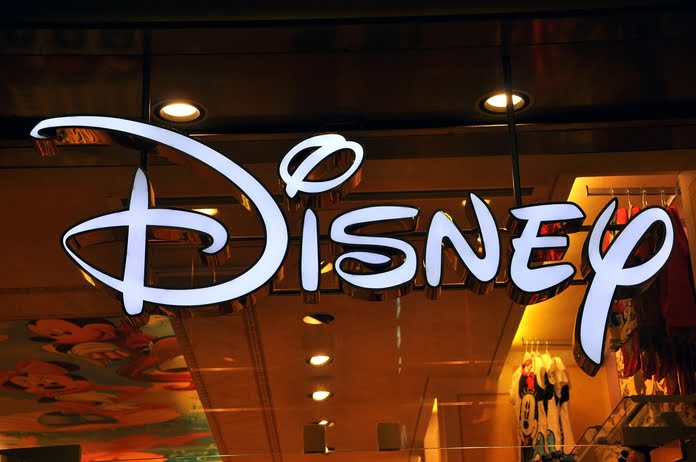The Walt Disney Company (NYSE:DIS) shares have dropped by half since their peak in 2021, following the reopening of trade on the COVID. In 2019, Disney paid $69.5 billion in cash and stock for Twenty-First Century Fox [TFCF], which includes Hulu. The corporation also launched Disney+, which remains a loss-making unit despite its large user base and rapid expansion. Then came the COVID pandemic. In fiscal year 21, Disney Parks saw a delayed recovery. Finally, strong rivalry on streaming services has resulted in a war for subscribers between Netflix (NFLX), Prime Video (AMZN), HBO Max, Apple TV, and Paramount. During this time, Disney’s SG&A to revenue ratio rose from the mid-teens to above 20%, squeezing its operating margins.
In May, Disney also failed to meet Q2 projections, mostly due to earnings of $1.08 per share, which fell short of the Street average of $1.19. The regret was that running expenditures were more than anticipated. Looking back on the Q4 2021 results call, this “surprise” was not all that surprising. Management identified inflationary pressures as difficulty in terms of wages and new projects. Not to mention merchandise, food and beverages, and so on.
Reading Between the Lines
However, I believe that the market has grown overly fixated on spending control. It’s understandable considering the Netflix debacle and investor skepticism about streaming firm valuations in general. On the other hand, Netflix is being questioned about future subscriber growth against losses in 2023. Others are doing well but not exceedingly well. Disney, on the other hand, appears to be in a league of its own and is firmly in expansion mode.
Disney reported subscriber growth for ESPN+, Disney, and Hulu of 62%, 33%, and 10%, respectively, in Q2 2022 earnings. The overall number of subscribers across all three categories was 205.6 million. Netflix currently has 221 million customers. Netflix has also announced that they will reduce expenditure on films and TV episodes in order to reduce losses. That’s a normal reaction, but it certainly increases Disney’s market share. So it won’t be long before Disney overtakes Netflix for the top spot.
The evidence is also in the content itself. Not only does Disney have an extensive collection dating back decades, but they are also cutting programming, production, technology, distribution, and marketing costs. For background, Q2 operating expenses increased from $3.2 billion last year to $4.4 billion this year, a significant increase on a year-over-year basis.
The operations performance of Disney parks is also finally stabilizing. In Q2, total revenues increased from $3.2 billion to $6.7 billion year on year, while operational losses were reduced to a $1.8 billion operating profit. However, international was a $268 million drag, as attendance remained low at 46%. When attendance recovers to full capacity, the corporation will have generated significantly more revenue and gained some operating leverage. To put a price on it, the average domestic guest spends $434 per room, up from $353 pre-pandemic, a 23% increase.
Earnings Potential
Prior to the pandemic, Disney earned between $11 and $13 billion, excluding the TFCF acquisition.
TFCF has historically earned an average of $4 billion every year. As a result, a consolidated Disney will most certainly make around $15 billion. Some costs for Disney’s parks and streaming content have risen. Still, on balance, I expect management to either maintain profit margins or generate minor accretion through synergies and pricing hikes over time. Also, remember that Disney has distinct IP and should be able to eliminate legacy costs from its Fox/Hulu assets.
Analysts now predict that Disney’s revenue will approach $100 billion in the next two fiscal years, a significant increase from the present $76.6 billion.
In terms of earnings, the Street anticipates EPS of around $6.50 in FY24. Cost hikes appear to be mostly baked in, and price increases implemented throughout its operating areas should only boost profits from here. I guess that EPS forecasts will not be revised far lower, if at all. This corresponds to earnings of $12 billion, which is still less than my projection of $15 billion. That is not to imply that $15 billion is a cap, but it is a target that can be met in the future years, resulting in $8 EPS.
Before the pandemic, Disney had a P/E ratio ranging from 12x to 24x, with an average of 18x. Given Disney’s growth potential and the restoration of operating margins, I estimate a fair value of $118/share, assuming $6.55 EPS. As EPS hits $8, my fair value estimate shifts closer to $140-150/share, implying a 50% increase from current levels.
Bottom Line
With a recession looming and competing for streaming services investing billions to acquire and maintain members, Disney is not without hazards. An additional downside could be introduced by broader economic risks, greater streaming competition, and/or management mismanagement. However, I believe the company is currently trading at a discount that more than compensates for such risks. Long term, I believe shares will eventually return to their true value of $140-$150 per share.
Featured Image: Megapixl @Ralukatudor

















